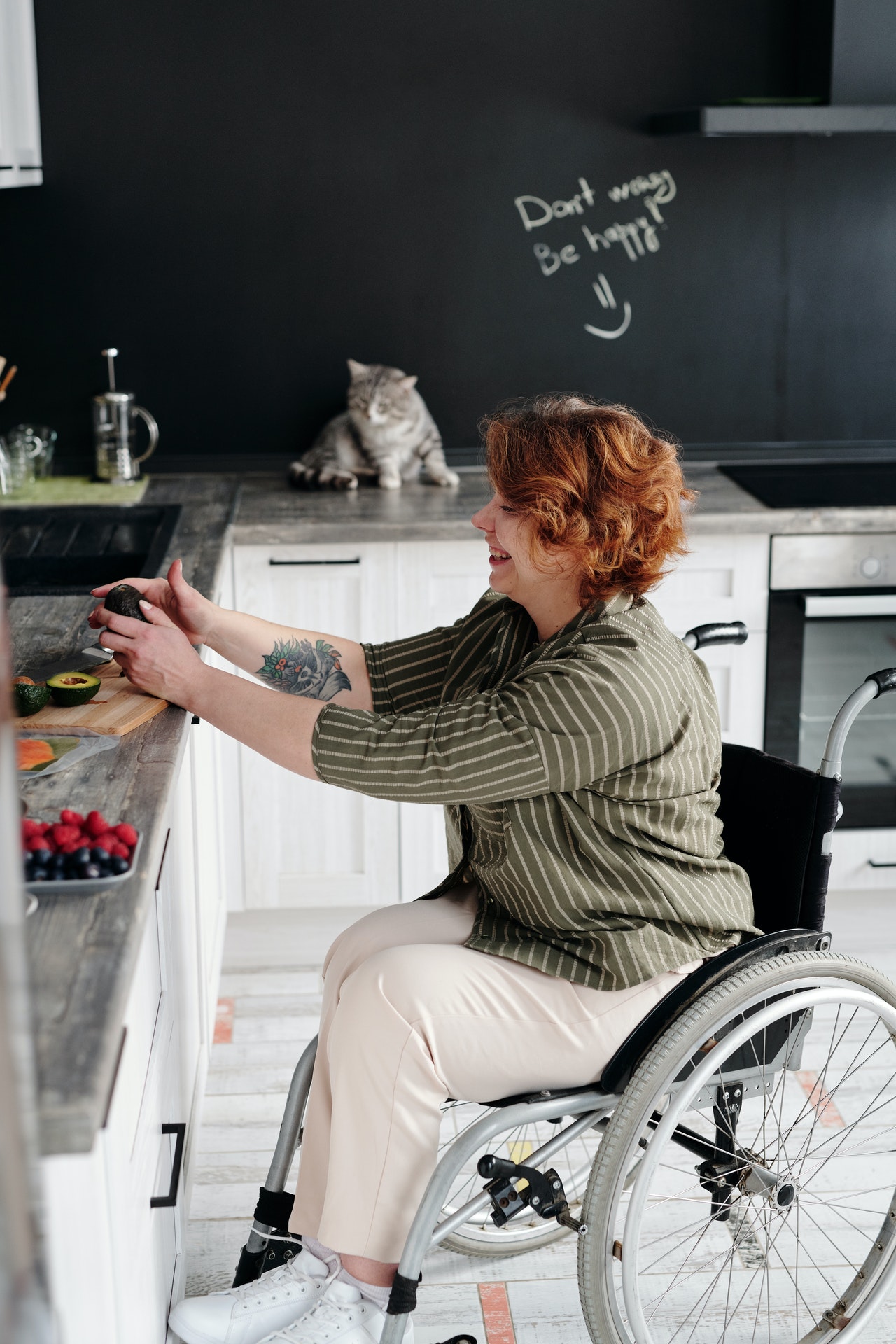3 Ways to Make Your Home More Handicap Accessible
Assistive technology can make your home more accessible for those with disabilities. You may not think about it, but there are many ways to make your home disabled-friendly that you never thought of before. It’s essential to be mindful of this if you have a loved one in your life with a disability or chronic illness because what they need may differ from what you would want if the tables were turned. Here are three easy ways to make your home comfortable for all of those around you.
#1. Widen Your Doorways
Many people with disabilities or chronic conditions need to use a wheelchair. Unfortunately, doors can pose an obstacle for many individuals because they are simply not wide enough. However, if you have the funds available, this is one easy fix that could make your home much more accessible! Doors should be at least 30 inches wide, so those in wheelchairs do not struggle to open them and navigate through your home without issue. However, if widening doorways just isn’t possible right now, there’s no reason why you shouldn’t try other methods before giving up hope on making it easier for everyone around you! One way you can achieve this goal is by installing wider hinges on all of your internal doors, allowing someone to push their own wheelchair inside.
#2. Build a Ramp
If you have stairs in your home, building a wheelchair ramp out of wood is an easy way to make them accessible for those who need them! If you and/or someone else lives with a disability or chronic illness, building a wheelchair ramp for the home can give them the freedom they crave without limiting their potential. It’s important to widen doorways and allow individuals access up and down staircases so they don’t feel restrained by their environment. A wheelchair user should be able to navigate up and down ramps as well as open doors easily. Ramps are usually built upon wooden platforms that run parallel against steps, making it easier for people using wheelchairs to move seamlessly from one level of your home to another. These platforms must accommodate whatever type of wheels the individual will be using and the width of their wheelchair.
#3. Decide On Your Flooring
Having a disability or chronic illness should not limit what you can do in your home, but it’s important to make sure the flooring is comfortable for everyone. If someone using crutches steps on an uneven tile and falls, they could sue you if there was no warning sign! However, this does not mean that all tiles need to be ripped up and replaced with carpet because that would further restrict movement by making them more slippery than usual. Many homeowners use adhesive tape, which creates a defined boundary between rooms, so those who need it will know where they can go without falling over themselves trying to get around. There are also bamboo floors that provide comfort and stability even when wet so that individuals won’t have problems walking through your house regardless of their disabilities or chronic illnesses.
In conclusion, there are many ways you can make your home disabled-friendly. Assistive technology, building ramps, and widening doorways are just a few simple changes that can make a massive difference for everyone around you.



Great tips! Also toilets and washrooms must be made accessible and comfortable for the disabled people.